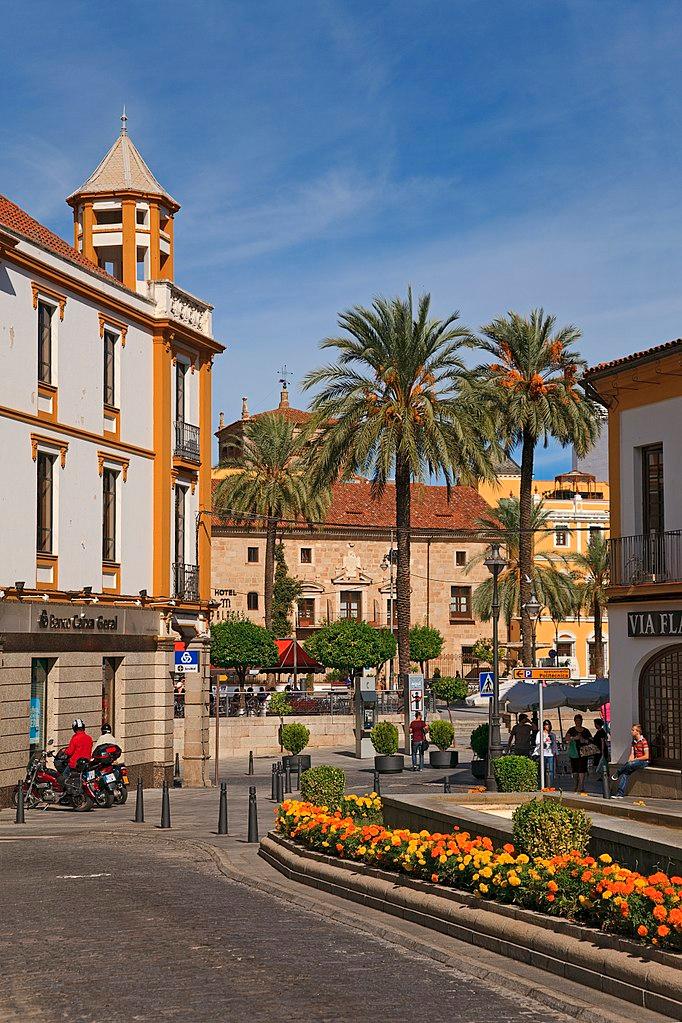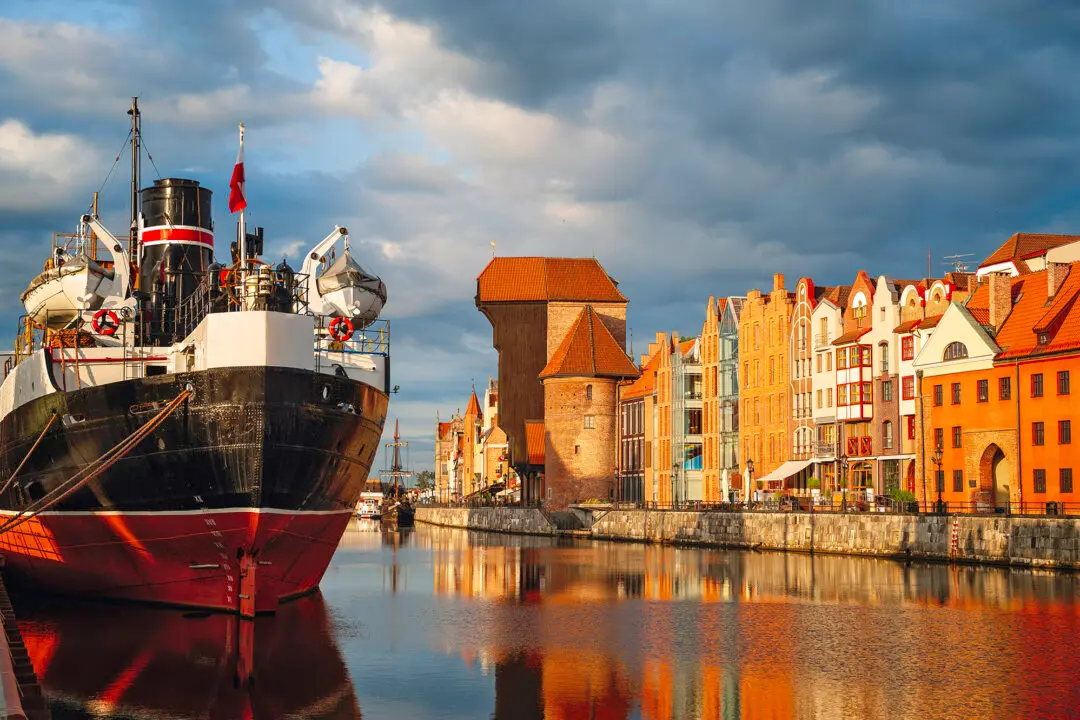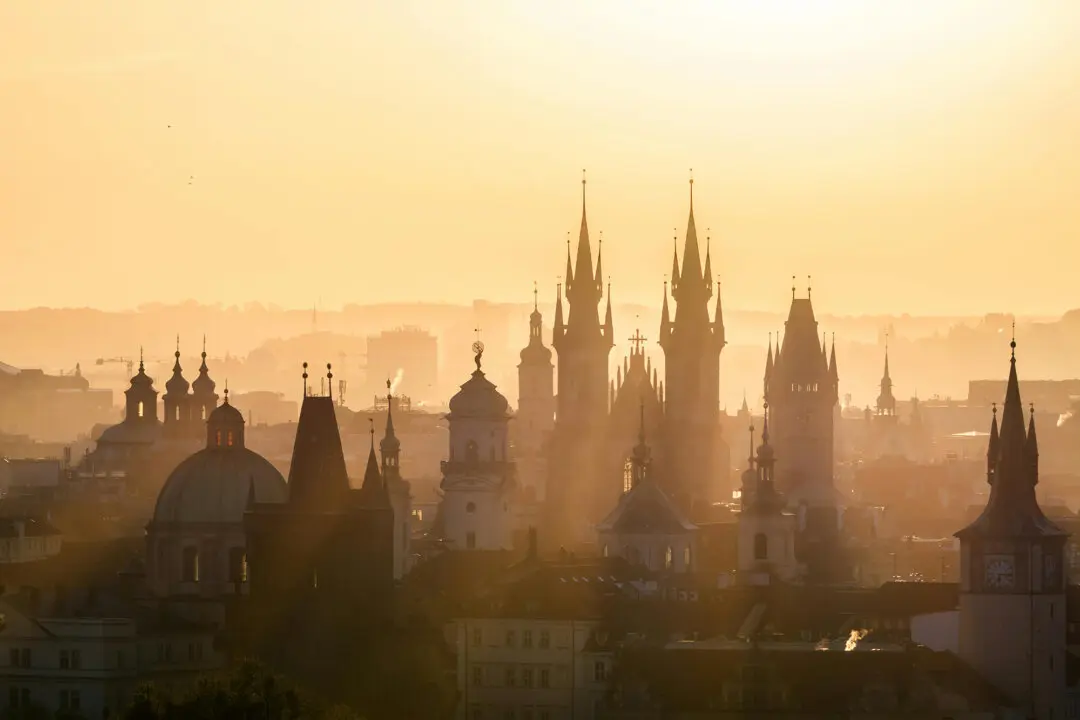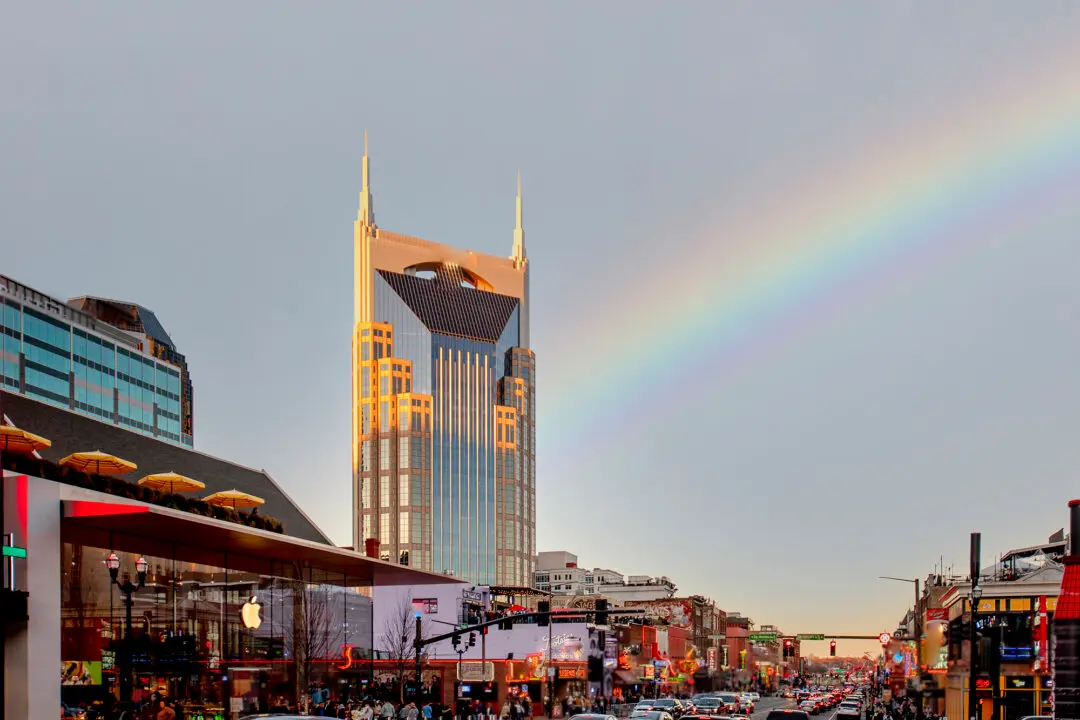MERIDA, Spain—We’re not so far from the famed ruins of Mérida, the ancient capital of Lusitania, once one of the largest and most important cities in the Roman world—and we’re all in togas. Reclining around a small pool. And in the pool, food is floating, on little boats, drifting slowly, but surely, toward hungry shores. None of us quite sure how to wear the long, ancient clothes, or consume the time-honored food, or even get those bites out of the water, and into our mouths. But the baths await, and some funny photos, plus a serious history lesson—and we’re all very excited to be going Roman, here in Extremadura.

Mérida, Extremadura. Tomás Fano/CC BY 2.0





